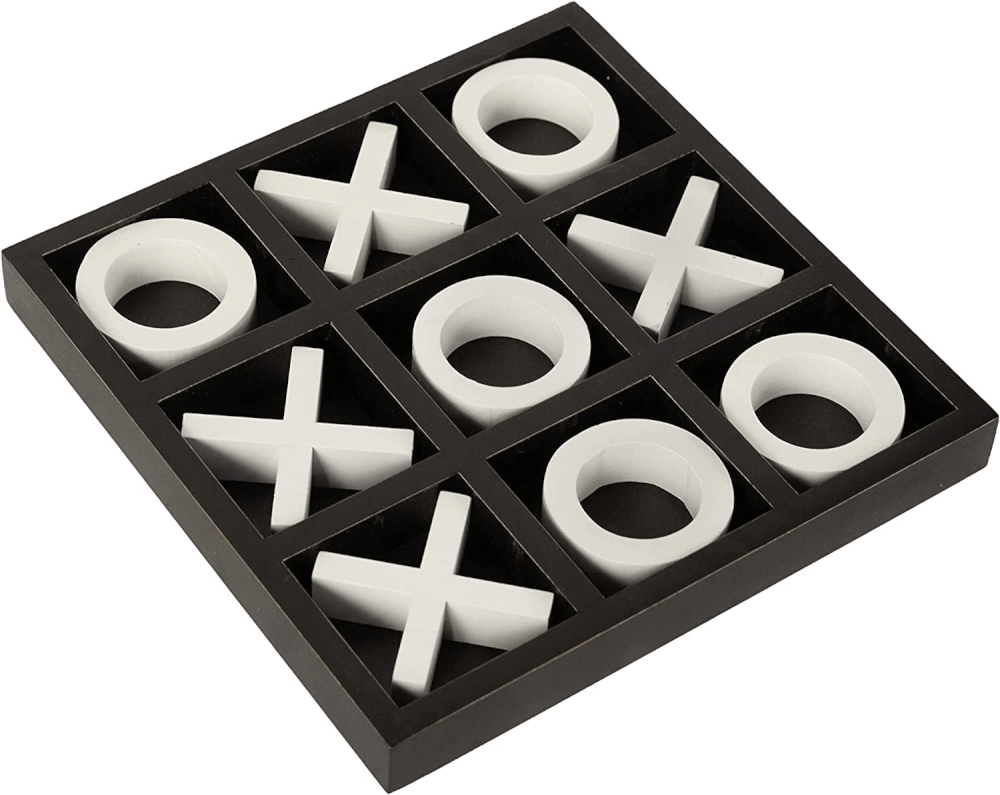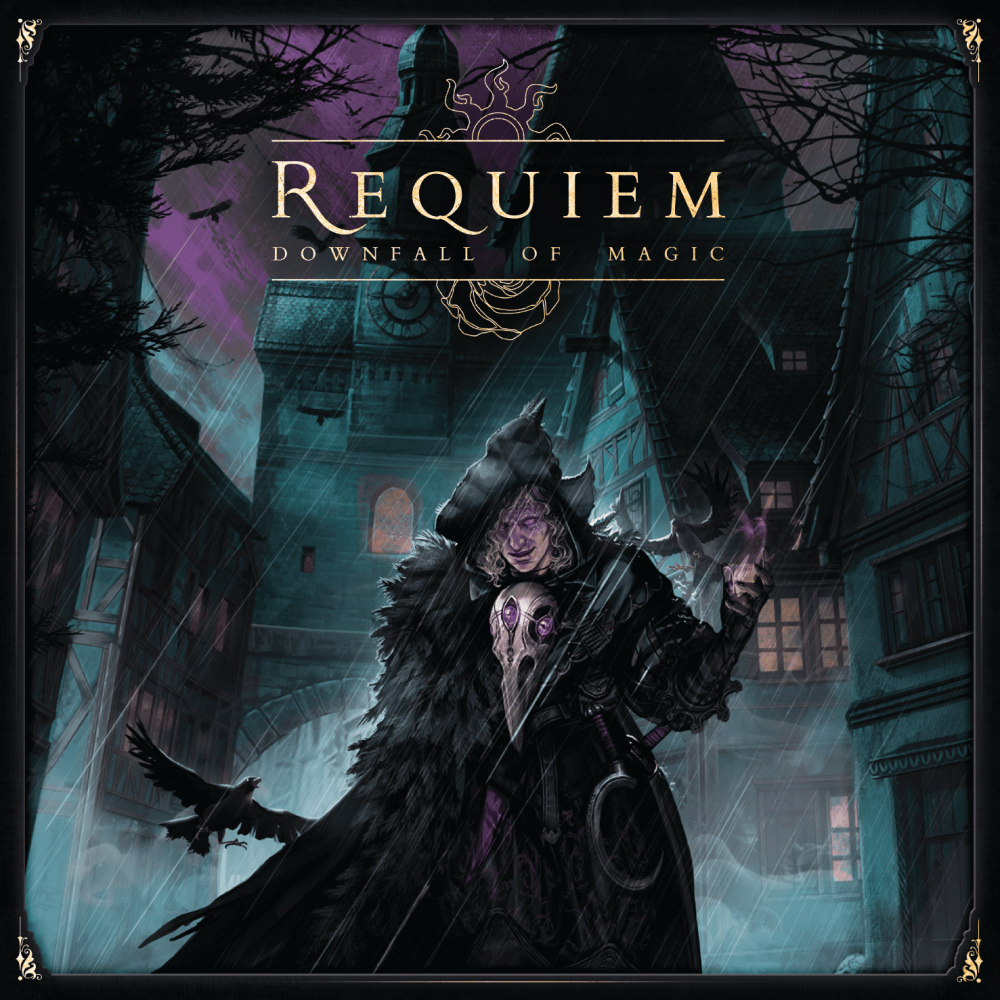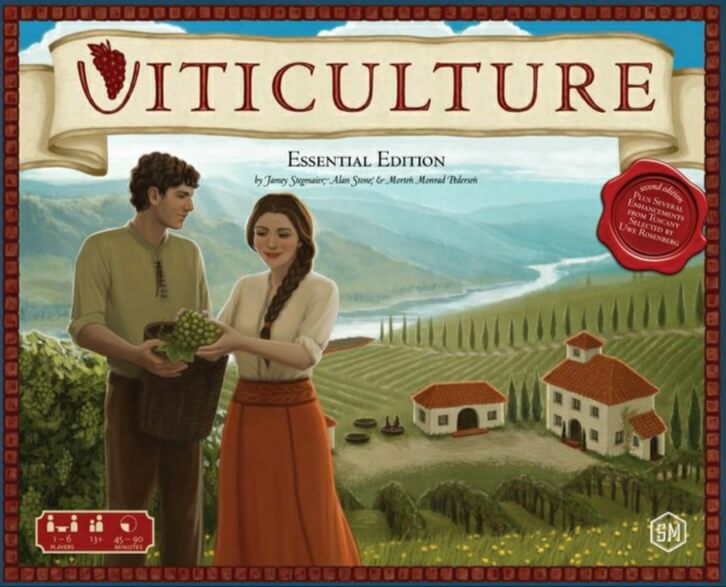
Jogo da Velha
Jogo da Velha is a classic two-person strategy game that stands out for its simplicity and ease of learning. The aim is to line up three identical symbols in a grid of 3 by 3 cells, using the "X" and "O" symbols. To start, players draw the grid and choose their symbols. The game begins with one player placing their symbol in one of the empty cells, followed by the other player. This alternation continues until one of the players manages to form a vertical, horizontal or diagonal line with their symbols, or until all the cells are filled, resulting in a draw. Despite its simplicity, Jogo da Velha requires strategy and attention, as each player must think ahead and block their opponent's moves. It's a fun and accessible game that can be played on a variety of platforms, whether on paper, a physical board or in digital versions, making it a popular choice with children and adults alike.Artists: ;
Designers: (Uncredited);
Date: -1300
Note: 4.4
Mechanics: Fitting Parts, Building from a Model, Grid with Squares, Paper and pen
Table of Contents
- How to Play
- Tips for playing
- Game mechanics
- Game components
- Additional Information
OBJECTIVE OF THE GAME
Tips for playing
Here are some tips for doing better in the game Jogo da Velha:
- Start in the center to maximize your chances of winning or drawing.
- Observe your opponent's patterns and block their attempts to form a line.
- Create multiple opportunities to win at the same time, forcing your opponent to react.
- Explore the corners of the board, as they offer more chances of winning.
- If your opponent starts in the center, try to dominate the opposite corners.
- Be careful not to fall into traps and always think two steps ahead.
- Adapt your strategy during the game according to your opponent's movement.
Video about the game
GAME mechanics
- Paper and pen: Jogo da Velha is traditionally played on a piece of paper using a pen or pencil. This physical method is the most classic way of playing. Paper offers simplicity, allowing the game to be started quickly. Using a pen, the participants mark their moves, usually using the "X" and "O" symbols. Each player chooses their symbol at the start and cannot change it throughout the game.
- Placement of parts: In this game, placing pieces refers to drawing your symbol ("X" or "O") on one of the empty spaces on the grid during your turn. The game alternates turns between the two players in this way, and you are not allowed to make more than one move at a time. The pieces are virtual when using digital media, but in physical formats, such as boards, each player places their marks until they fill the chosen space.
- Grid with Squares: The Jogo da Velha board consists of a 3x3 grid, totaling nine squares. This structure defines the playing space and the possibilities for movement. The grid limits the positions where players can place their symbols, creating a strategic challenge of how to dominate or block these positions to achieve victory.
- Building from a Model: This mechanic focuses on formulating strategies to build a continuous line of three equal symbols, which can be horizontal, vertical or diagonal. Players must predict their opponent's next move and choose their own moves to block opponents' attempts, while trying to create opportunities to complete three in a row. This model-building requires careful observation and anticipation of strategies.
Game components
See all the items in the game below Jogo da Velha:
- Parts
- Board
- Players
- Rules
- Marking
Additional Information
- Ludopedia link: https://ludopedia.com.br/jogo/tic-tac-toe
- Link Tabletopia:
- Amazon Brazil link: Comprar Jogo da Velha
- Amazon USA link: Comprar Jogo da Velha


